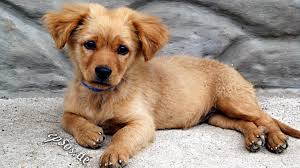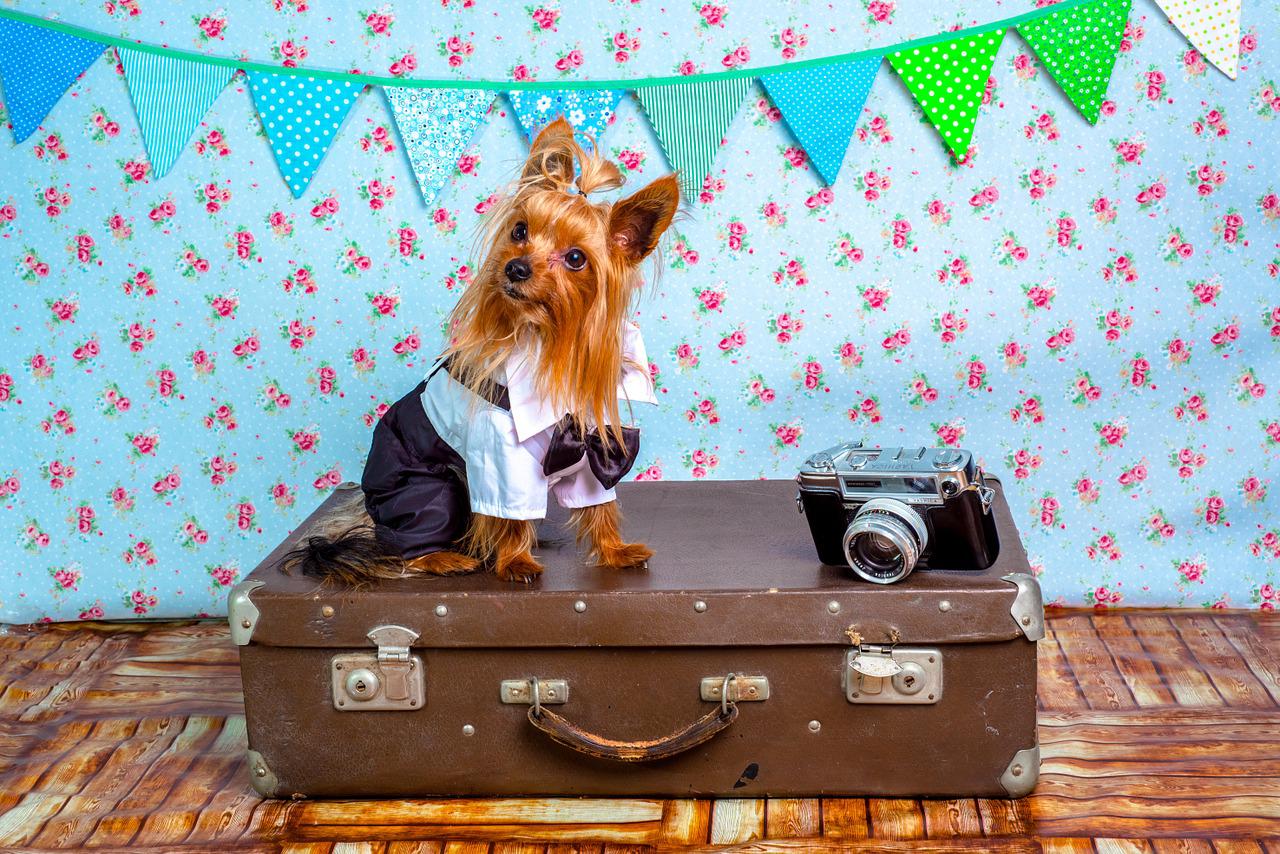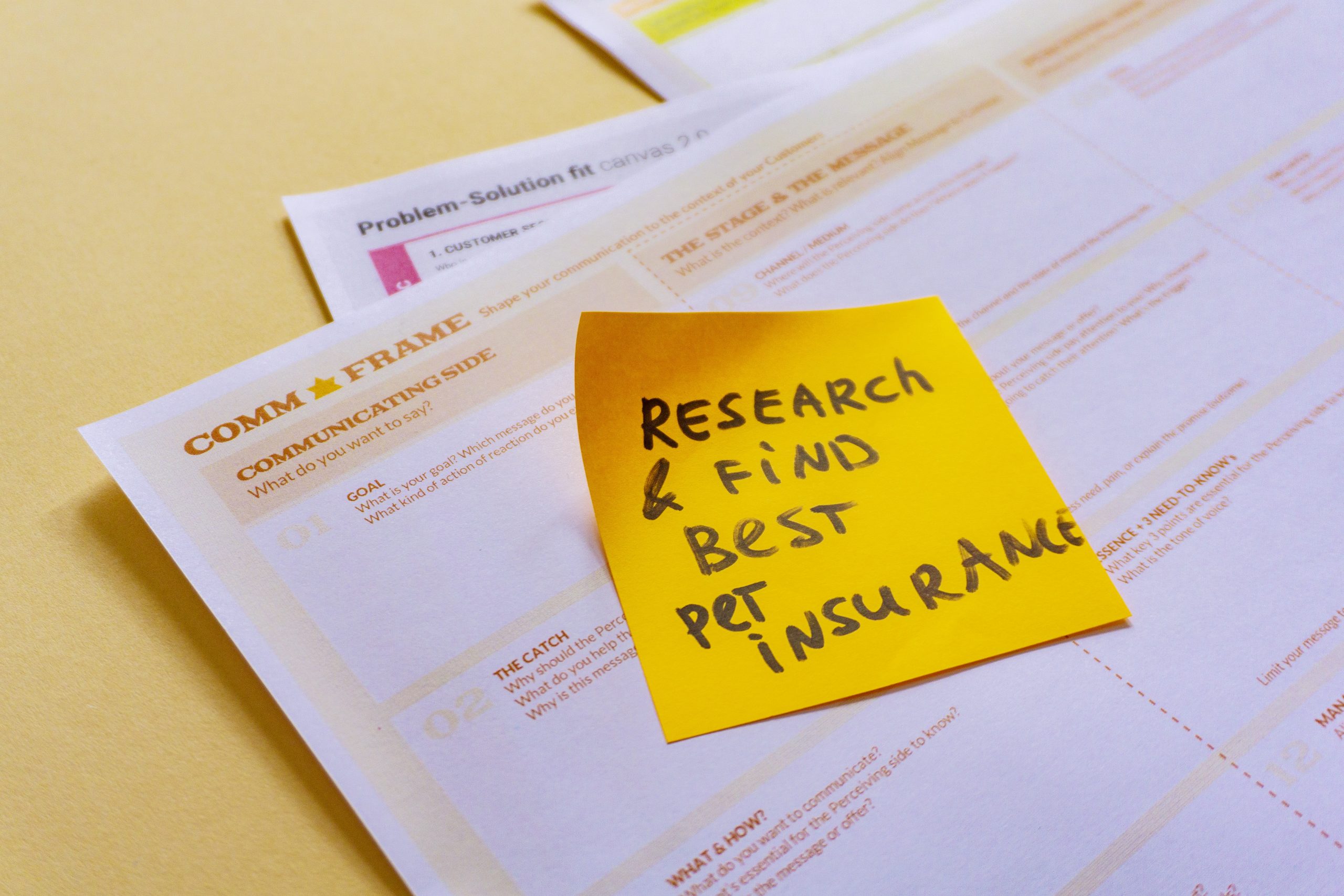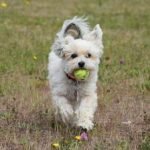Puppy Potty Training: Clearing up Common Misconceptions
Puppy potty training is an essential part of owning a new furry friend. While it can be a challenging and frustrating process, it is crucial to establish good habits early on to ensure a happy and healthy relationship with your pup. However, with so much information available online, it can be difficult to separate facts from myths.
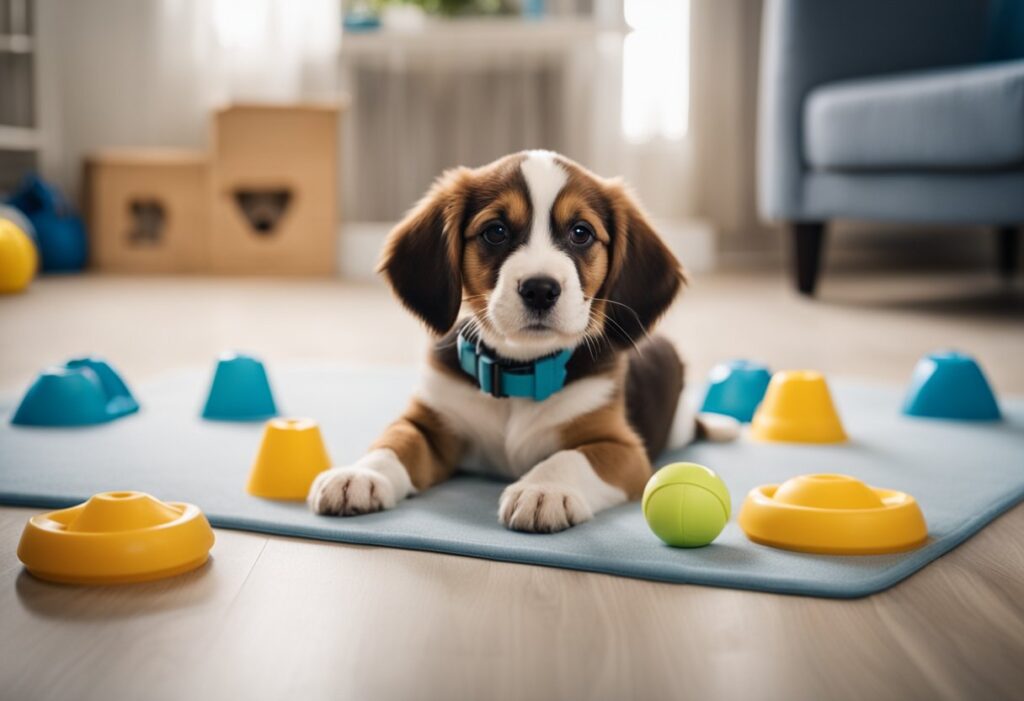
One common myth is that puppies can hold their bladder for hours on end. This is simply not true, and expecting a young puppy to hold it for extended periods can lead to accidents and setbacks in the training process. Another myth is that punishment is an effective way to train a puppy to use the bathroom outside. In reality, positive reinforcement and consistency are key to successful potty training.
In this article, we will explore the facts and myths surrounding puppy potty training. By debunking common misconceptions and providing practical tips and advice, readers will be better equipped to navigate the challenges of potty training their furry friends.
Puppy Potty Training: Facts
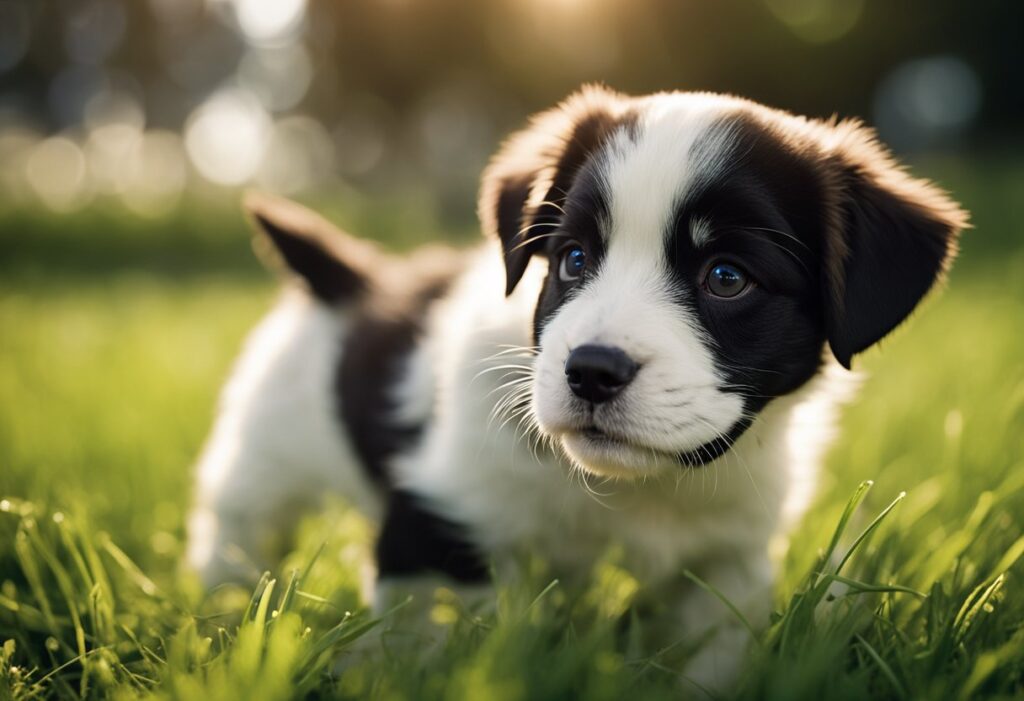
When it comes to puppy potty training, there are many myths and misconceptions that can make the process more difficult than it needs to be. However, by understanding the facts and following a few simple guidelines, potty training your puppy can be a relatively easy and stress-free experience.
Understanding Puppy’s Body Language
Understanding your puppy’s body language is essential when potty training to anticipate their needs and facilitate successful training. Signs that your puppy may need to eliminate include sniffing around, circling, whining, pacing, or suddenly stopping play. When you observe these behaviors, promptly take your puppy to where they normally go to the toilet. Additionally, pay attention to subtle cues such as sudden stillness or a focused gaze, which may indicate that your puppy is about to eliminate. Positive reinforcement for appropriate elimination behavior helps reinforce the desired behavior and accelerates the training process. By being attentive to your puppy’s body language and responding promptly, you can establish effective communication and set your puppy up for success in potty training.
Setting a Routine
Setting a routine is crucial for successful potty training with your puppy. Start by establishing a consistent schedule for feeding, water intake, and toilet breaks. Take your puppy outside to their toilet area when they first awaken, after they have been fed, after they have been playing and before they go to sleep. Use verbal cues, such as “go potty,” to encourage elimination. Supervise your puppy closely indoors and watch for signs that they need to go, such as sniffing or circling. When accidents happen, clean them up promptly with an enzymatic cleaner to remove odors and discourage repeat accidents. Consistency and patience are key to reinforcing the routine and helping your puppy learn where and when it’s appropriate to eliminate. Gradually, your puppy will begin to learn where the designated area is for them to relieve themselves, leading to successful outcome.
Importance of Consistency
Consistency is also crucial when it comes to puppy potty training. This means using the same verbal cues and taking your puppy to the same spot in the yard every time they need to go to the toilet. Consistency will help your puppy learn what is expected of them and make the potty training process much smoother.
By understanding these facts and following a few simple guidelines, you can successfully potty train your puppy and enjoy a happy, healthy relationship with your furry friend.
Puppy Potty Training: Myths
Puppies Can Control Their Bladder
One common myth about puppy potty training is that puppies can control their bladder from a very young age. This is simply not true. Puppies have limited muscle control and their bladders are only small, which means they cannot hold their urine for long periods. It is important to take puppies outside frequently to prevent accidents and help them learn where they should go potty.
Punishing Accidents is Effective
Another myth is that punishing puppies for accidents is an effective way to potty train them. This is not only ineffective but can also be harmful to the puppy’s mental and emotional well-being. Punishing a puppy for an accident can cause fear and anxiety, which can make potty training more difficult. Instead, it is important to use positive reinforcement and reward the puppy when they go potty in the appropriate place.
Puppies Learn by Watching Other Dogs
Finally, some people believe that puppies can learn how to potty train by watching other dogs. While it is true that puppies can learn from their mother or other dogs in their environment, they still require consistent and patient training from their human caregivers. Simply relying on other dogs to teach a puppy how to potty train is not a reliable or effective method.
In conclusion, it is important to separate facts from myths when it comes to puppy potty training. By understanding the truth behind these common myths, puppy owners can provide their furry friends with the best possible training and care.

